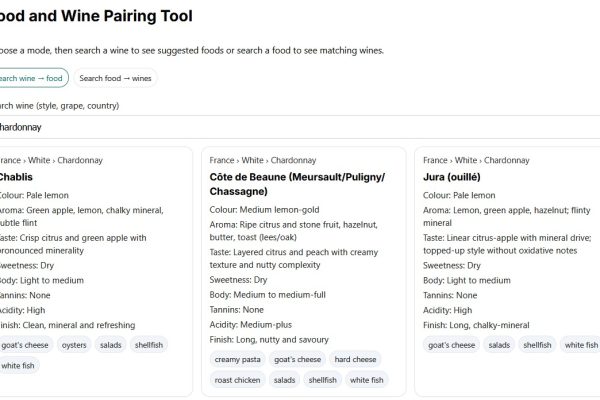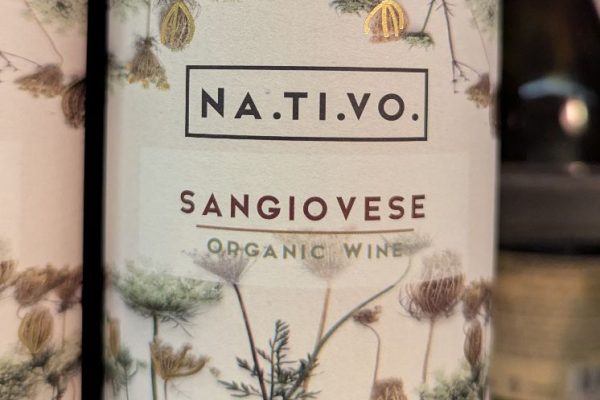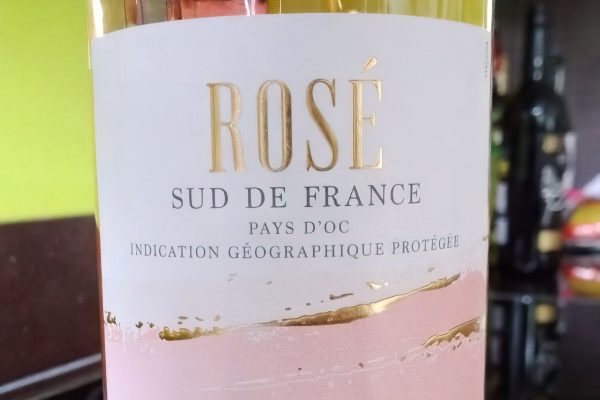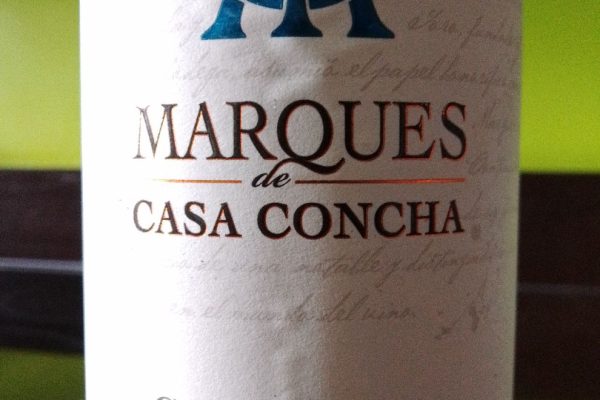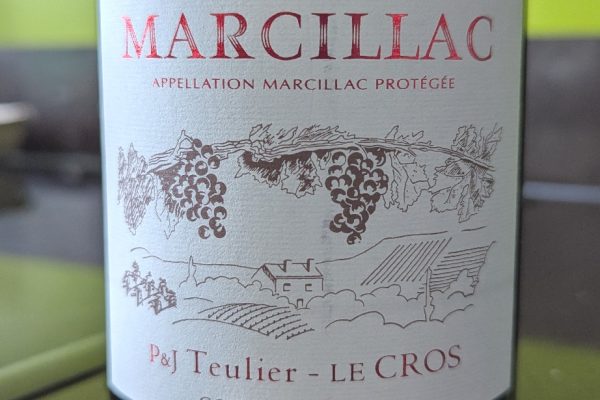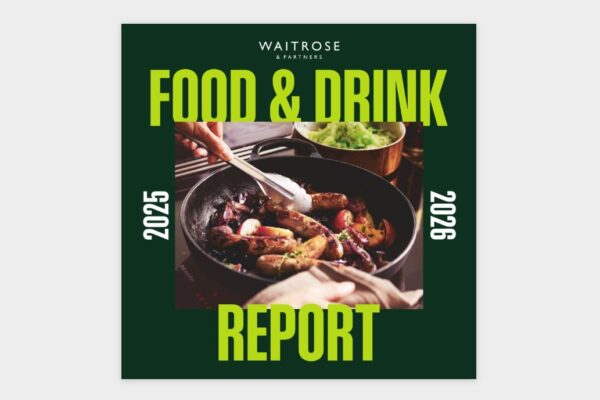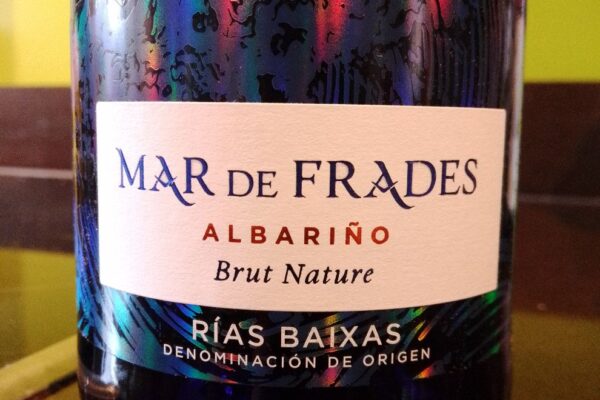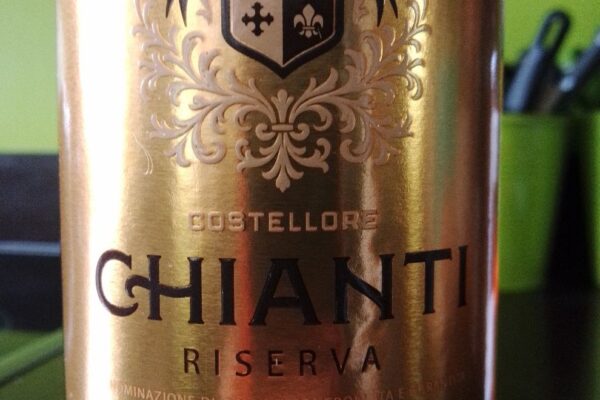
The Drinks Business has an interesting article that challenges the common belief that alcohol completely evaporates during cooking. While it’s true that heat causes alcohol to evaporate, the process is more complex than often assumed.
Scientific tests show that depending on the cooking method and duration, a significant amount of alcohol can remain in food. For example, simmering for just 15 minutes may leave 40% of the alcohol, while even after 2.5 hours, up to 5% can still be present.
This is not necessarily a concern for most, as alcohol can add depth, aroma and complexity to dishes in ways that water or stock cannot. Various types of alcohol, such as wine, vermouth and spirits, are key to certain recipes. However, many of these dishes are not cooked long enough to fully remove the alcohol. For people who avoid alcohol due to health, religious or personal reasons, this residual content is significant.
The issue becomes one of transparency. In restaurants, dishes made with alcohol are often not clearly labelled, leaving diners unaware that alcohol remains in their meal. Although some chefs now use alternatives like dealcoholised wine and inform customers about ingredients, such clarity is not yet standard practice.
Ultimately, the article argues that alcohol’s role in cooking should be acknowledged and respected, but that honesty about its presence is essential. Just as we value transparency in food sourcing and allergens, we should apply the same principle to alcohol in our meals, allowing diners to make informed decisions.




